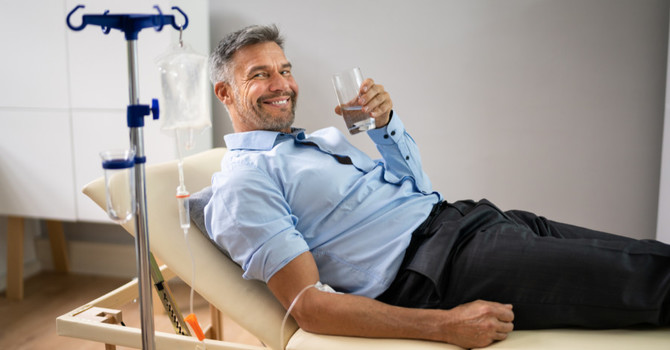
A Gentle Introduction to a Relaxing Recovery Experience
If you're considering dry needling for the first time, you might be wondering what to expect. While the idea of tiny needles may seem intimidating at first, many people find the experience surprisingly relaxing and beneficial. Dry needling is a technique used by trained professionals to support muscle relaxation and help relieve tension. Whether you’re an athlete, someone with a desk job, or simply looking for ways to feel more mobile, understanding the process can help you feel more at ease.
Preparing for Your Session
Before your appointment, there’s not much you need to do. Wearing comfortable clothing that allows access to the area being treated is helpful, as some sessions may require rolling up sleeves or adjusting clothing to expose the muscles. Your practitioner will start by discussing your general wellness goals and any areas of tension or discomfort you’ve been experiencing. This conversation ensures that your session is tailored to your individual needs.
You may also be asked about your activity level, posture habits, and daily routine. This helps your provider understand how to best support your body’s recovery and movement patterns.
What Happens During the Session?
Once your provider has assessed the treatment areas, they will gently insert thin, sterile needles into targeted muscles. These needles are much smaller than those used for injections and are designed to reach areas of tension with minimal discomfort. Some people feel a light tapping or mild muscle twitch when the needle is placed, while others may not feel much at all.
The goal of dry needling is to encourage muscle relaxation. During the session, you may feel a dull ache or a sense of release in tight areas. Many people describe the sensation as similar to deep tissue massage—intense in some spots but followed by relief. The process is generally quick, with most sessions lasting between 15 to 30 minutes, depending on your needs.
After Your Session
It’s common to experience mild soreness in the treated areas for a day or two, similar to how muscles feel after a workout. Staying hydrated and moving gently can help support your body’s natural recovery process. Some people notice an immediate sense of relief, while for others, the effects may build over the following days.
To make the most of your session, consider incorporating simple habits like stretching, staying active, and maintaining good posture. If you have any questions about aftercare, your provider will be happy to guide you through the best ways to stay comfortable and mobile.
The content in this blog is for informational purposes only and is not a substitute for professional medical advice, diagnosis, or treatment. Always consult your doctor or a qualified healthcare provider before trying new healthcare protocols.



